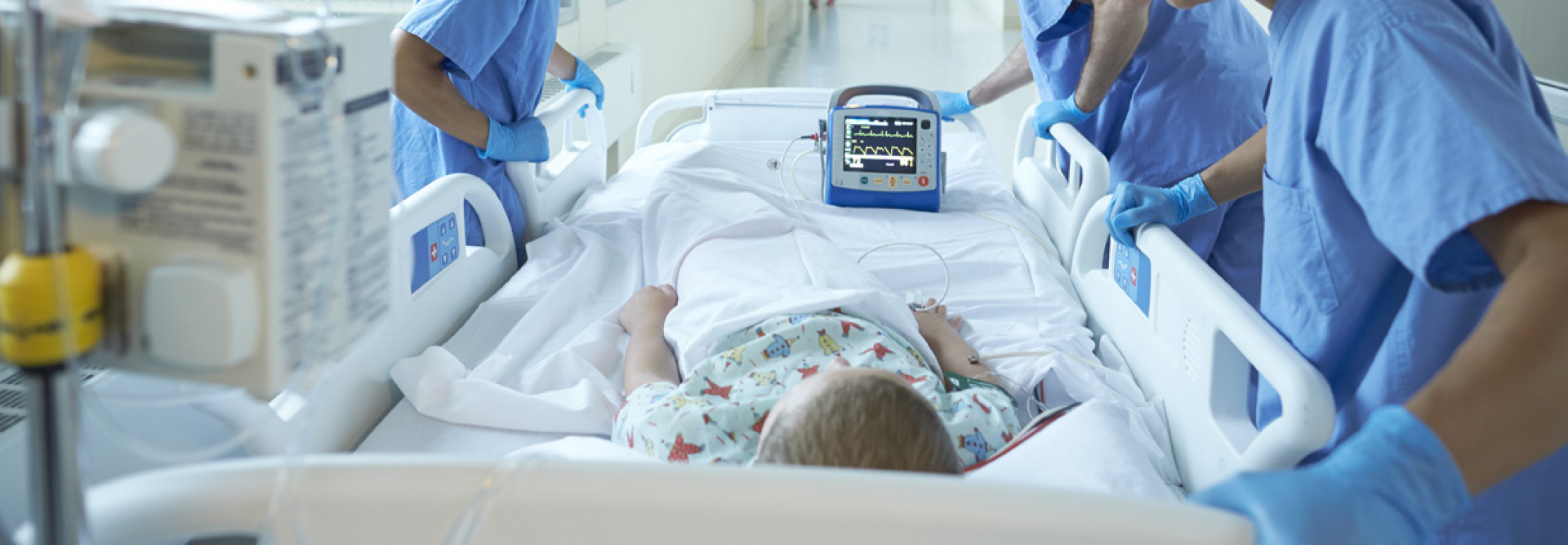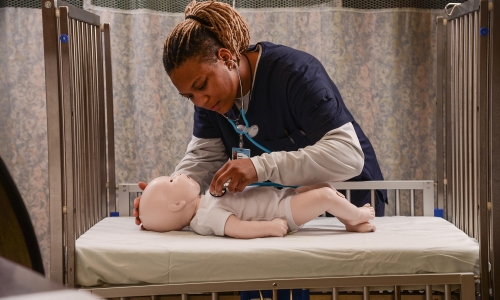CAE BabySIM
Tiny humans depend on us in big ways. That's why CAE Healthcare skipped no details in developing its smallest member of the patient simulation family. BabySIM is an infant-sized, high-fidelity simulator that is powered with advanced physiology for practicing critical care and trauma care. BabySIM delivers critical training features designed to immerse learners in a realistic clinical environment.
ABOUT BABYSIM
ADVANCED TRAINING IN INFANT NURSING AND TRAUMA CARE
Available in two standard patient configurations with learning modules developed specifically for infant nursing and trauma emergencies.
SUSPENSION OF DISBELIEF
Weighing 16 pounds, the infant simulator has eyes that blink, variable pupil size, cooing, crying, tearing and secretions from the ears, eyes and mouth as well as bulging fontanel capability to facilitate suspension of disbelief during training.
VALIDATED CARDIOVASCULAR PHYSIOLOGY
Driven by validated models of infant cardiovascular, pulmonary and neurological systems, BabySIM is an infant-sized simulator with advanced physiology for advanced simulation training.
IMMERSIVE AIRWAY MANAGEMENT
BabySIM possesses a truly realistic model of an infant airway for high fidelity practice in airway trauma or obstruction, including esophageal, nasal and oral intubation, BVM ventilation and laryngoscopic procedures.
EASE OF OPERATION
Operating BabySIM is simple with the Müse physiologically-driven interface. The dashboard features a patient image, conditions and medications, streaming data from clinical monitors, a menu of Simulated Clinical Experiences (SCEs)and a timeline.
ADDITIONAL FEATURES
- Realistic upper airway representing that of a three to six month old patient
- Bag-valve-mask ventilation
- Measures the presence or absence of carbon dioxide exhalation synchronized with programmed lung sounds
- Esophageal intubation is fully supported with gastric distension
- Pulses are independently controllable by the instructor for presence/ absence in the case of trauma to a specific extremity
- 4 Simulated Clinical Experiences (SCEs)
- 4 SCE development licenses



